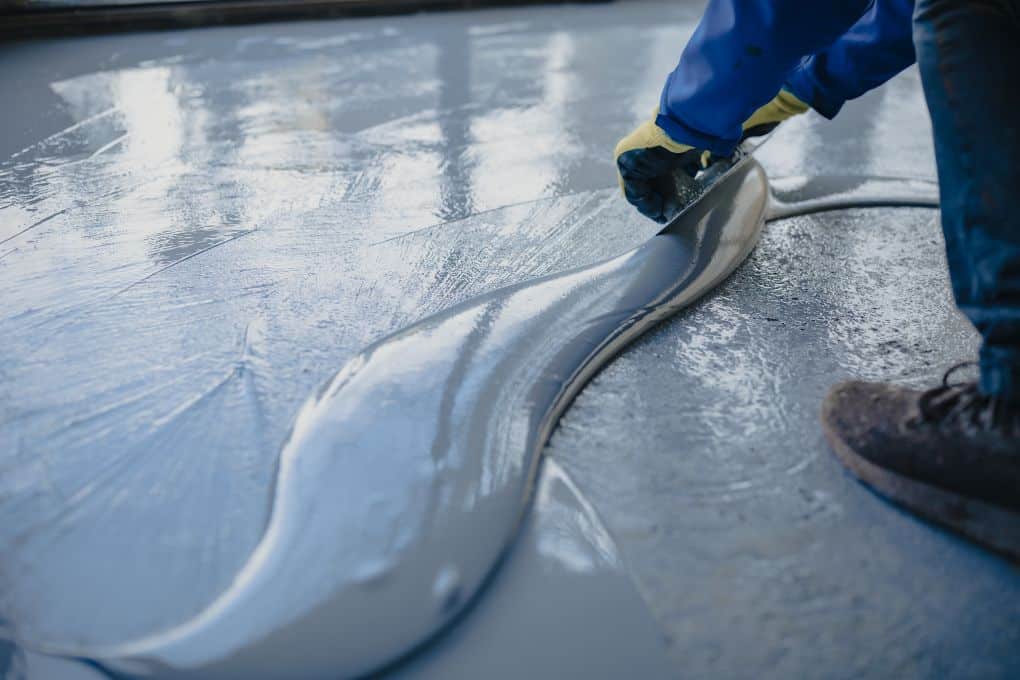Introduction
If you are seeking to enhance the energy efficiency and visual attractiveness of your structure, opting for an External Insulating Finishing System (EIFS) presents a commendable solution. EIFS, a multi-layered cladding system, offers insulation and safeguards the exterior walls. This comprehensive guide will lead you through the step-by-step procedure of installing external insulating finishing system, guaranteeing a triumphant and enduring application.
Preparing the Surface
Before you begin the installation process, it is crucial to prepare the surface properly. Follow these steps:
Clean the Surface
Start by cleaning the exterior walls thoroughly. Remove any dirt, debris, or loose material using a pressure washer or a stiff brush. Ensure that the surface is free from contaminants that could hinder the adhesion of the EIFS.
Repair Damaged Areas
Inspect the walls for any cracks, holes, or other damages. Repair them using an appropriate patching compound or EIFS-compatible mortar. Smooth out the repaired areas and allow them to dry completely before proceeding.
Applying the Base Coat
Once the surface is prepared, it’s time to apply the base coat. The base coat serves as the foundation for the EIFS system. Follow these steps:
Prime the Surface
Apply a coat of primer to the prepared surface. The primer enhances adhesion and ensures a strong bond between the base coat and the substrate. Let the primer dry as per the manufacturer’s instructions.
Mix and Apply the Base Coat
Prepare the base coat mixture according to the manufacturer’s specifications. Apply the base coat evenly using a trowel or sprayer, starting from the bottom and working your way up. Ensure that the coat is of the specified thickness and level it out for a smooth finish.
Installing Insulation
Insulation plays a crucial role in the EIFS system, as it contributes to thermal resistance and promotes energy efficiency. Follow these steps to effectively install insulation:
Measure and Cut Insulation Panels
Take accurate measurements of the exterior walls and cut the insulation panels accordingly. Utilize a utility knife or a saw for precise cutting. Make sure the panels fit securely and cover the entire surface of the wall.
Apply Adhesive
Apply an appropriate adhesive to the back of the insulation panels, ensuring compatibility with both the insulation material and the base coat. Press the panels firmly onto the base coat, ensuring a strong and secure bond.
Applying the Finish Coat
The finish coat not only provides a visually appealing appearance but also protects the EIFS system from external elements. Follow these steps for applying the finish coat:
Choose the Finish
Select a suitable finish coat based on your desired aesthetic and weather resistance. There are various options available, such as textured finishes, smooth finishes, or even custom designs.
Mix and Apply the Finish Coat
Prepare the finish coat mixture as per the manufacturer’s guidelines. Apply the finish coat evenly using a trowel or a sprayer. Ensure that the coat is uniform and covers the entire surface. Pay attention to achieving the desired texture and thickness.
Conclusion
Installing an External Insulating Finishing System (EIFS) is a detailed procedure that encompasses surface preparation, application of the base coat, insulation installation, and application of the finish coat. By adhering to this sequential guide, you can achieve a prosperous installation and enjoy the advantages of heightened energy efficiency, enhanced aesthetics, and augmented durability.
FAQs
How long does it take to install an EIFS?
The installation time for an EIFS varies depending on factors such as the project size, weather conditions, and design complexity. On average, a professional installation team can complete the process within a few weeks.
Can I install an EIFS myself?
While it is possible to undertake the installation of an EIFS on your own, it is advisable to engage a professional contractor who possesses experience in EIFS installations. They possess the necessary expertise and knowledge to handle the intricacies of the system and ensure a proper and long-lasting installation.
How does an EIFS enhance energy efficiency?
EIFS functions as a continuous insulation system that minimizes thermal bridging and prevents heat loss or gain through the walls. By enhancing the thermal performance of the building, EIFS helps reduce energy consumption and lowers heating and cooling costs.
Remember, when installing an EIFS, always seek guidance from professionals and adhere to local building codes and regulations to ensure a safe and compliant installation.


